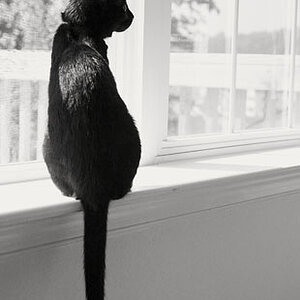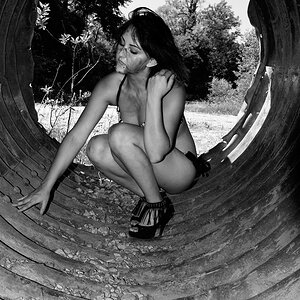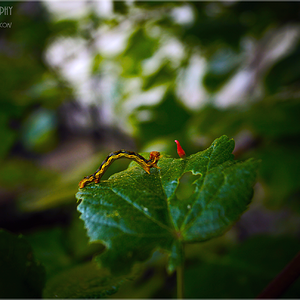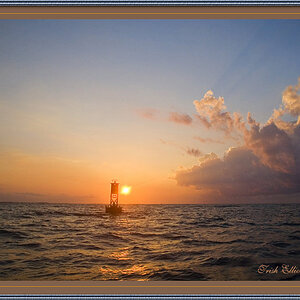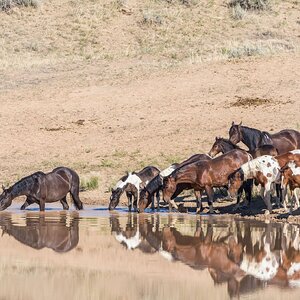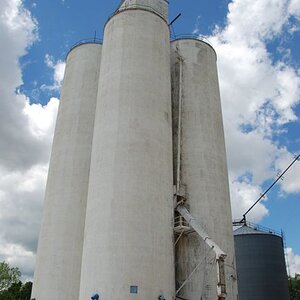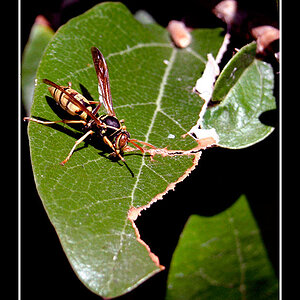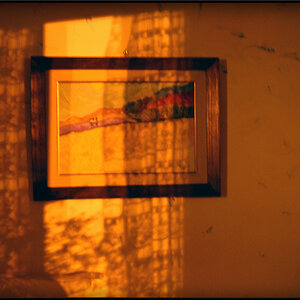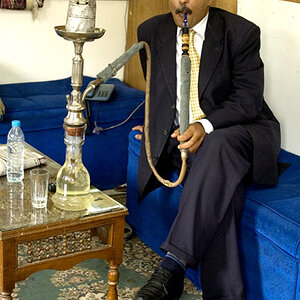fenderphoto
TPF Noob!
- Joined
- Nov 2, 2012
- Messages
- 30
- Reaction score
- 3
- Location
- Mississippi
- Can others edit my Photos
- Photos NOT OK to edit
Hello everyone. I am interested in taking long exposure shot with film. I have three scenarios in mind and I need film that accommodates all three. Sunset/sunrise, River and stream, general landscape. I've been looking at Illford but what exposures should I get?



